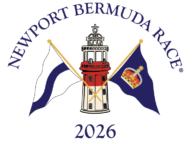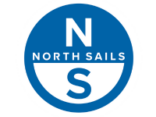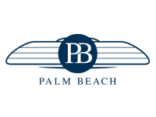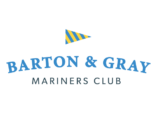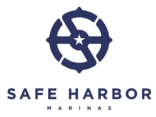Bermuda Race Roll of Honour
Photo: Daniel Forster/ 2014
The Bermuda Race Roll of Honour recognizes and celebrates extraordinary achievement in or concerning the Newport Bermuda Race and its predecessor races.
Inaugurated in 2006 on the 100th anniversary of the first race, 17 individuals have now been selected to join the Bermuda Race Roll of Honour.
Current members of the Roll of Honour include the race’s founder, one of Bermuda’s greatest ocean sailors, multiple race record holders, one of the race’s most successful designers, and two of the greatest heroes in the history of sailing.
The idea for the Roll of Honour was formalized at and shortly after a meeting at the Royal Bermuda Yacht Club on June 22, 2006 by Kirk Cooper, John Rousmaniere, Kaighn Smith, Owen Smith, and de Forest Trimingham.
Nominations from the public are welcome and will be forwarded to the committee if sent to [email protected]; when nominating an individual, include a list of relevant races sailed and a rationale for selection.
Members of the Bermuda Race Roll of Honour

Warren Brown
One of Bermuda’s world class sailors, Warren Brown was selected for the Bermuda Race Roll of Honour because of his dedication to, and his 20-race participation in the Newport Bermuda Race. He was also cited for his lifelong commitment to close relations among all sailors and in recognition of his sterling example as the consummate yachtsman and skilled seaman, both racing and cruising. Brown sailed over 300,000 ocean miles on 11 different yachts. One of his greatest achievements was sailing his S&S 61 War Baby to the Arctic, then down the Atlantic and through the Panama Canal to Antarctica and eventually around the world. Subsequently, the Cruising Club of America awarded Warren the coveted Blue Water Medal.
George Coumantaros
Few sailors have raced to Bermuda more times than George Coumantaros – 26 races since 1952 – and nobody has arrived there fastest more often. In two Boomerangs, he set the record for the most elapsed-time victories – four, in 1984, 1990, 1992, and 1996. In 1996 he set a new speed record of 57 hours, 31 minutes (an average speed of 11 knots) and accomplished a rare double victory by also winning that race on handicap, earning the coveted St. David’s Lighthouse Trophy. Acknowledging that it had taken him four decades to win, he said, “We’ve been like Jason chasing the Golden Fleece.” He went on, “I’d like to give all who sail for the Lighthouse Trophy some advice: don’t despair, keep trying, and if you don’t win it by the time you are 75, withdraw.” At the time he was 72, making him the race’s second oldest winner after DeCoursey Fales, who won the 1962 race at age 74. George Coumantaros was not in the game solely for the silverware. After finishing second on elapsed time 1970, he took the lead boat, Windward Passage, under tow to the Royal Bermuda Yacht Club. As they approached Two Rock Passage, Coumantaros ordered the tow line cast off and turned his yawl Baccara around so that Passage would have the honor of being first boat into Hamilton Harbor. He understood what the Bermuda Race is about.
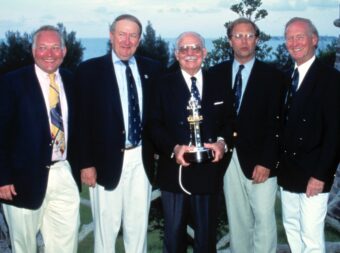
George Coumantaros with St. David’s Lighthouse Trophy, 1995. Photo by Barry Pickthall /PPL
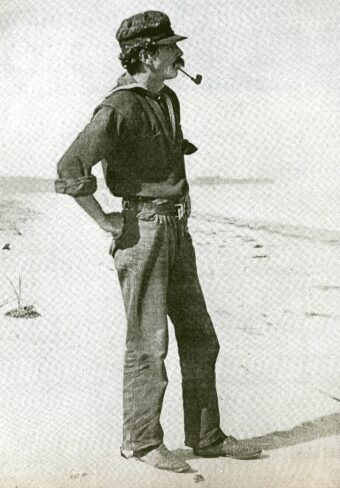
Thomas Fleming Day. Mystic Seaport Museum photo
Thomas Fleming Day
An English-born American citizen, the visionary Thomas Fleming Day founded the Bermuda Race in 1906 with the revolutionary aim of providing an ocean race for amateur sailors in normal boats. In the process, he started the world’s oldest regularly scheduled long-distance ocean sailing race.
Until then, entries in ocean races were larger than 100 feet and sailed by professional crews. “The danger of the sea for generations has been preached by the ignorant,” Day proclaimed. Amateur seafaring, he said, is a healthy thing to do. “ A noble art makes noble men, and there is no nobler art than seamanship.” Besides building character, Day knew that an ocean race would improve the breed of sailboats by testing them on the open sea. He arranged with the Brooklyn Yacht Club to start the race in New York Bay, and with the Royal Bermuda Yacht Club to finish it off St. David’s Light. Besides establishing a mission for the race, Day skippered the first winner.
E. Llwyd Ecclestone, Jr.
Meticulous in his preparations, ambitious in his boats and goals, Llwyd Ecclestone has sailed 23 Newport Bermuda Races through 2018, missing only three since 1968. When he won the St. David’s Division in Kodiak in 1998, it was because he took a rare chance, going far to an eastern corner so remote it was called “the Death Zone.” To his loyal crew he is the model skipper. Says one: “He is a living personification of the principles and core values of Corinthian sailing.” In that spirit, he donated the race’s Corinthian Trophy, awarded to the top boat in the Cruiser-Racer Division with an all-amateur crew.


Carlton Mitchell sailed his 38-foot, 8-inch S&S yawl Finisterre to three consecutive victories. Sparkman & Stephens Archive/PPL photo
Carleton Mitchell
When he won three consecutive Newport Bermuda Races in his 38-foot yawl Finisterre in 1956, 1958, and 1960, Carleton Mitchell set the most bullet-proof record in yachting history. Nobody else has won even two Bermuda Races in succession. When asked how he did it, Mitchell invariably claimed he was lucky. In fact, he built the boat of his dreams, recruited an exceptionally skilled crew, and led them brilliantly. As Dick Nye (a two-time winner) said about Finisterre: ‘She’s got everything. And he sails the hell out of her.’”
Mitchell has made numerous contributions to the race and the sport, for example, by donating trophies, most recently the first prize for the Cruising Division. In his sailing, his photographs, and his writing, he has demonstrated and told how to live a good life under sail. For every mile Finisterre raced, she cruised at least ten. This is the man who wrote, “To desire nothing beyond what you have is surely happiness. Aboard a boat, it is frequently possible to achieve just that: That is why sailing is a way of life, one of the finest of lives.” Such writing, coupled with Finisterre’s racing record, helped stimulate the Bermuda’s Race’s biggest boom. From 77 boats in 1954, the fleet blossomed in 1960 to 131, and its popularity has been sustained.
Richard S. Nye (1904-1988)
A pioneer of modern ocean racing, Dick Nye came late to sailing and was in his 40s when he won the 1952 Bermuda Race in the first of his three Carinas. After winning more Bermuda Race silver for high finishes in his class, he again won the St. David’s Lighthouse Trophy in 1970.
Famous for pushing hard, as the leaking Carinastaggered across the finish line of the rough 1957 Fastnet Race, Dick shouted, “OK, boys, you can let her sink!” They won that race for their second-straight Fastnet victory. The Nyes also won the 1957 and 1972 transatlantic races to Spain. Dick was not sailing just to win. A shipmate described him as “a tremendous example of a guy who just loved to be at sea. He just loved it.”
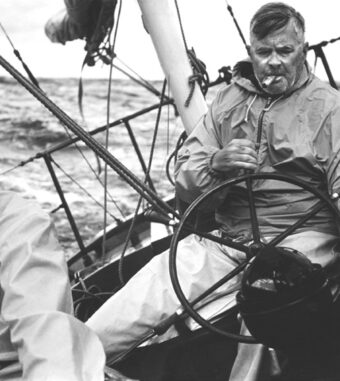
Richard S. Nye. Sailing World archive photo

Jolie Brise, skippered by Bobby Somerset. Mystic Seaport, Rosenfeld Collection photo
Bobby Somerset, Clarence Kozlay
A feat of astonishing heroism occurred on the first night of the 1932 Bermuda Race. The cutter Jolie Brise had been sailed over from England for the race by her owner, Henry Robert Somers Fitzroy de Vere Somerset, a descendant of the Duke of Beaufort. He was known as “Bobby.” In his crew were the accomplished American sailor Sherman Hoyt, the accomplished and also Herbert L. Stone, who had taken over management of the Bermuda Race from Thomas Fleming Day. When one of the crew spotted flares in the night sky astern, Somerset turned Jolie Brise back. They soon came across a competitor, the schooner Adriana, in flames, as her sailors were frantically launching the boat and tossing spars into the water to use as improvised life rafts. At the end of the 12-foot tiller, Somerset sailed the engineless Jolie Brise alongside the burning schooner as Adriana’s helmsman, American Clarence Kozlay, held position. The sides bumped, the rigging tangled, and ten of Adriana’s 11 crewmembers clambered across the bulwarks onto the cutter’s deck. Kozlay did not let go the wheel until he was certain his shipmates were safe. When he finally made the jump, it was moments too late. He fell into the sea and disappeared, the only fatality in Bermuda Race’s long history.
Olin Stephens (1908-2008)
Olin Stephens first raced to Bermuda at age 20 with John Alden in a schooner, then two years later nearly won the race in his family’s yawl, Dorade. He designed more Bermuda Race overall and class winners (large and small and in between) than any other naval architect, while pioneering new developments, advising the race committee on technical matters, and doing much to make sailing yachts fast and seaworthy, and sailors safe. He was a friend and inspiration to all who love the sea and boats.

Olin Stephens, steering, aboard Mustang, arriving in Bermuda in 1946. Mystic Seaport, Rosenfeld Collection photo.
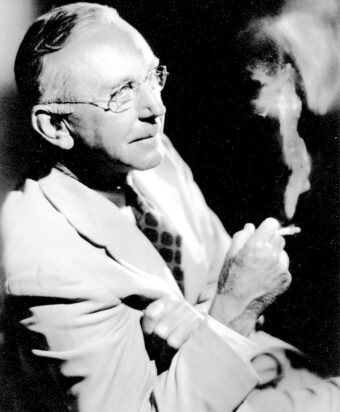
PC Sir Eldon Trimingham, photo courtesy Royal Bermuda Yacht Club
Sir Eldon Trimingham
A brilliant sailor, a skilled amateur yacht designer, and a commodore of the Royal Bermuda Yacht Club, Sir Eldon Trimingham was a leader of the Bermuda Race’s revival after World War I. As he encouraged his fellow Bermudians and American sailors to go back to sea in small boats, he served as a crucial link between his club and the new Cruising Club of America, as they took over joint management of the race in 1926. Besides sailing in several races, he served as Bermuda’s representative on the organizing committee for many years.
John Gale Alden (1884-1962)
An ocean racing pioneer both as a sailor and as a naval architect specializing in offshore sailing yachts for Corinthian crews, John Alden raced to Bermuda 10 times, most often in command of a series of designs he named Malabar. He was a Cruising Club of America member and a member of the race organizing committee in the ‘20s. As a competitor, he took home trophies in six races and won three races overall (1923, 1926, 1932), setting a record matched only by Carleton Mitchell. Schooners of his design were among the top finishers for many years; in 1932, when Malabar X won, other Alden schooners occupied the next three places.
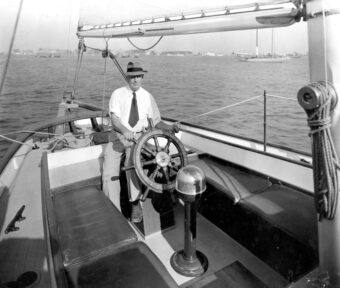
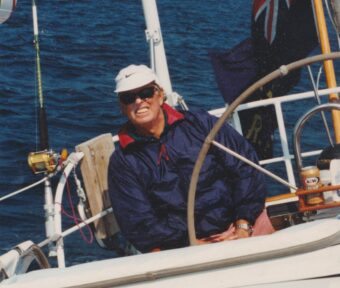
Edmund Kirkland “Kirk” Cooper (1932-2018)
While growing up in Bermuda, recalled Kirk Cooper, “My father took me outside behind a wall, and he told me to stick my head out so I’d know what a strong wind was.” He came to know that wind well, sailing his first Newport Bermuda Race at age 17 in a boat named Dirigo that his wife Helen described as “tiny.” He went on to race 16 more Newport Bermuda Races, plus the Marion to Bermuda and Marblehead to Halifax races, often in command of his Frers 44 or his McCurdy & Rhodes 61. Both were named Alphida (for three of his children, Alex, Philip and Dana).
As Royal Bermuda Yacht Club Commodore in 1972, the year of the roughest Bermuda Race, Kirk calmed worried families and supervised finishes without the loss of a boat. A top-notch small-boat sailor as well, Kirk went to college in Montreal, sailed International 14s successfully and, after returning to Bermuda, represented his country in three Olympic games, racing in Dragons and Solings. In 1986, he was awarded the Order of the British Empire for his service to the island.
Bjorn R. Johnson (1955-2018)
The 15 “Thrashes to the Onion Patch” he sailed were a fraction of Bjorn’s contributions to the Newport Bermuda Race. A deeply experienced offshore sailor with victories in the Bermuda One-Two and the Transatlantic Race to his credit, Bjorn was well known as chief inspector for several Bermuda races. This role led him to join the US Sailing Safety at Sea Committee that significantly simplified the international offshore safety equipment regulations, to the benefit of all offshore sailors in the U.S.
Bjorn served as Bermuda Race Chairman in 2010 and continued to serve the Organizing Committee thereafter. He was an ever creative, knowledgeable, and essential volunteer who cheerfully took on the most challenging assignments ranging from race-entry management to sponsorship sales and fulfillment. Bjorn personified the dedicated volunteer spirit that has sustained the race since its founding in 1906.
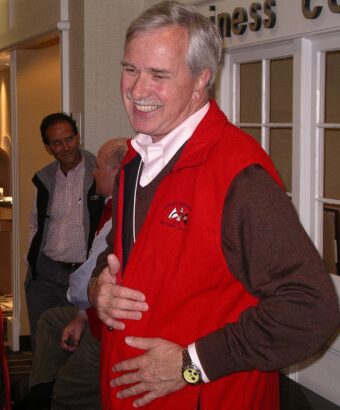
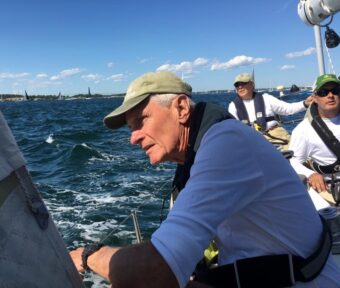
W. Frank Bohlen
As of 2024, Frank has competed in 22 races to Bermuda and has spent over 25 years as a member of the Bermuda Race Organizing Committee. In every Race year, he has provided to competitors expert analysis on weather and the Gulf Stream. In some years this has included advising on difficult decisions of whether to delay the start of the Race. He has worked tirelessly in his support of Gulf Stream and weather tactical education seminars for all competitors. Frank has run seminars for Marion to Bermuda Race competitors as well. In addition to helping sailors sail swiftly, he is a strong advocate and mentor on offshore safety.
Lea de Hass
Lea De Haas made history in the 2006 Centennial Newport Bermuda Race as the skipper of Synergy, the first all-women crewed boat to win both its class and the Cruising Division, earning the prestigious Finisterre Trophy. A determined Dutch sailor, De Haas led the complete rebuild of the Frers 49 after it sank during a storm in St. Martin—demonstrating resilience and leadership both on and off the water. She entered the race under the banner of “Team WAVE” (Women Against Violence Everywhere), a campaign dedicated to empowering girls and young women through leadership training and the transformative experience of sailing.

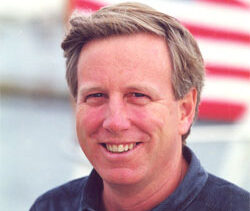
M. William Langan (1955 - 2010)
Bill Langan, along with Jim Teeters, was one of the principal creators of the Offshore Racing Rule that was adopted for the Newport Bermuda Race in 2006. The comprehensive project had a long-term goal of creating a handicap rule for offshore yachts that was fair for boats of all sizes and capabilities. He was an innovative naval architect who produced many yachts that competed in the Bermuda Race and was a frequent competitor in the race.
Having obtained his engineering degree at Webb Institute he was accepted for an internship at Sparkman & Stephens. Noticed by Olin Stephens he was hired shortly after his graduation, named in 1980 by Olin as chief designer, a position he held until his departure in 1996. In 1997, Bill set up his own Langan Design firm in Newport, RI which he ran until his death at the end of 2010.
James McClenahan Mertz (1912 - 2006)
Jim Mertz has the distinction of participating in a record 30 Newport Bermuda Races and was known as the “Iron Man of the Bermuda Race.” He sailed his last Bermuda Race at the age of 92. He was a graduate of Yale University and served in the U.S. Navy from 1939 until 1947 during World War II, including as Commanding Officer of the Destroyer Escort USS Sturdevant.
He joined The Cruising Club of America soon after the end of the war. Jim served as President of the Yacht Racing Association of Long Island Sound and Commodore of American Yacht Club. He also was a member of the New York Yacht Club and was a long time Chairman of the Race Committee, and was a member of the Royal Bermuda Yacht Club, Storm Trysail Club and Ft. Worth Boat Club.
As of 2026 Race, there still has not been a single sailors to sail more than him.
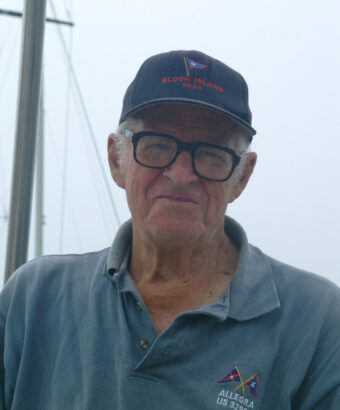
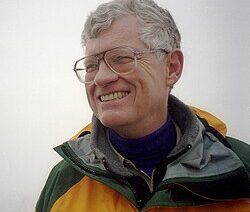
John Pierce Rousmaniere (1944 -
In 2006, John Rousmaniere published A Berth to Bermuda: 100 Years of the World’s Classic Ocean Race. He has been an advocate for offshore safety and lecturer for many Safety-at-Sea Seminars. John is the author of one of the bestselling and important books, Fastnet, Force 10 about the infamous race in which he competed aboard the 48-foot sloop, Toscana. He also raced in the 1972 Bermuda Race aboard Dyna when gale force winds pounded the 178-boat fleet.
John Rousmaniere has written at least 34 books on sailing including the bestselling Annapolis Book of Seamanship. He has written countless articles for The Cruising Club of America. Rousmaniere was Media Chair for the 2010, 2012, 2014, and 2016 Newport Bermuda Races, writing and editing daily coverage of the race for this very website and for the international press.
